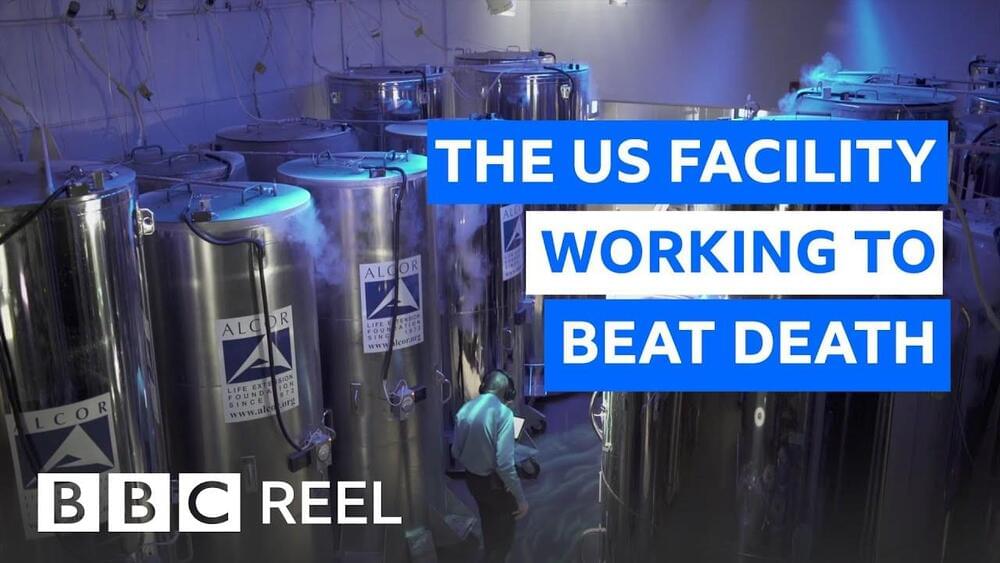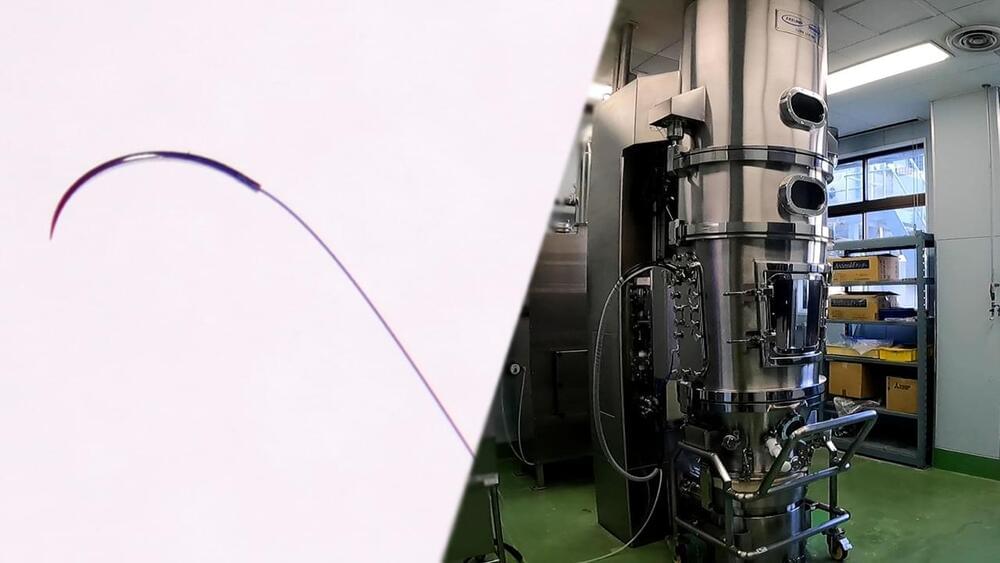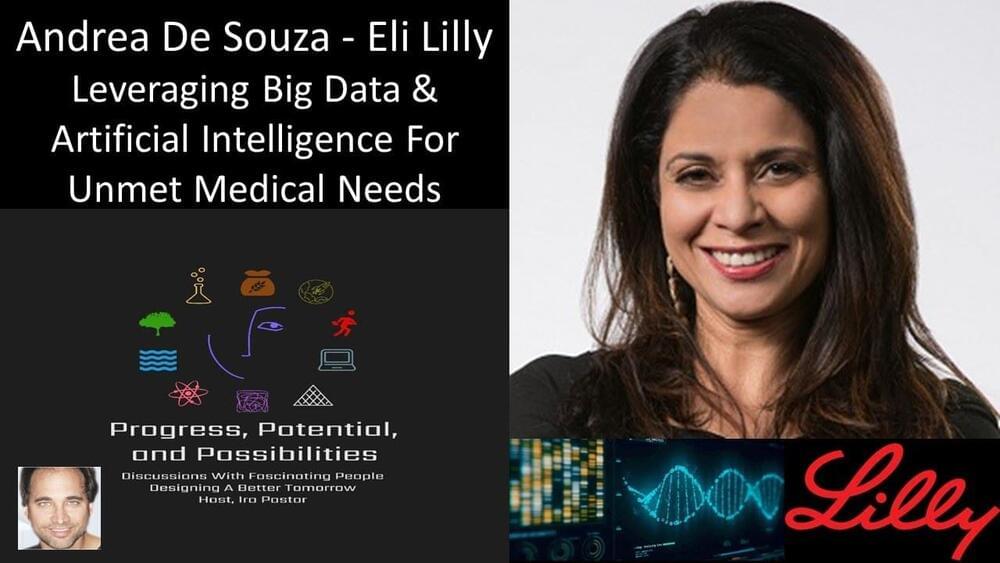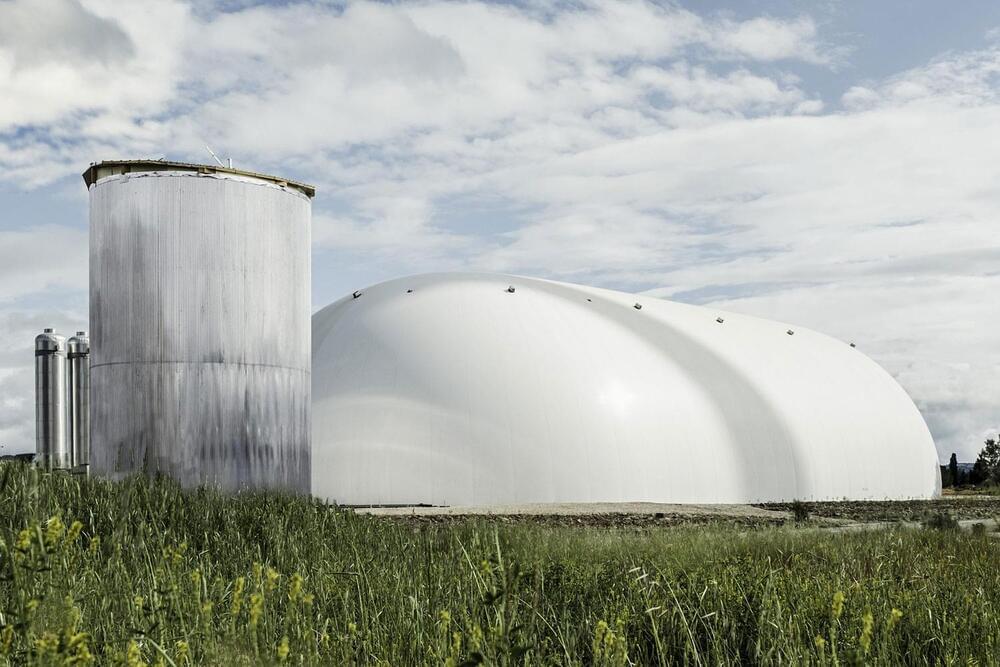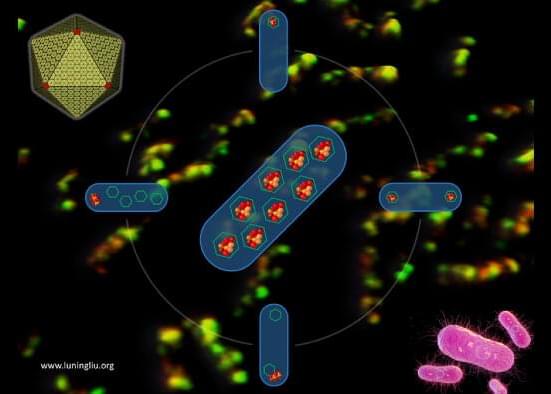
Researchers at the University of Liverpool have captured a clear view of the generation process of “protein machinery” that plays a key role in the colonization of pathogenic Salmonella bacteria.
The findings, published in Nature Communications, answer an important question about how various proteins self-assemble to create a higher-ordered functional organelle in Salmonella to boost metabolism.
Many pathogenic bacteria, such as Salmonella, use specialized nano-sized organelles, or bacterial microcompartments (BMC). The BMC has a virus-like polyhedral shell made of proteins to encase multiple metabolic cargo enzymes. The protein shell provides a selectively permeable barrier which controls the passage of metabolites and sequesters the reactions in its interior. This ensures higher efficiency of the encapsulated reactions and prevents toxic products from being released into the rest of the cell, providing the pathogens a competitive advantage in human gut.


